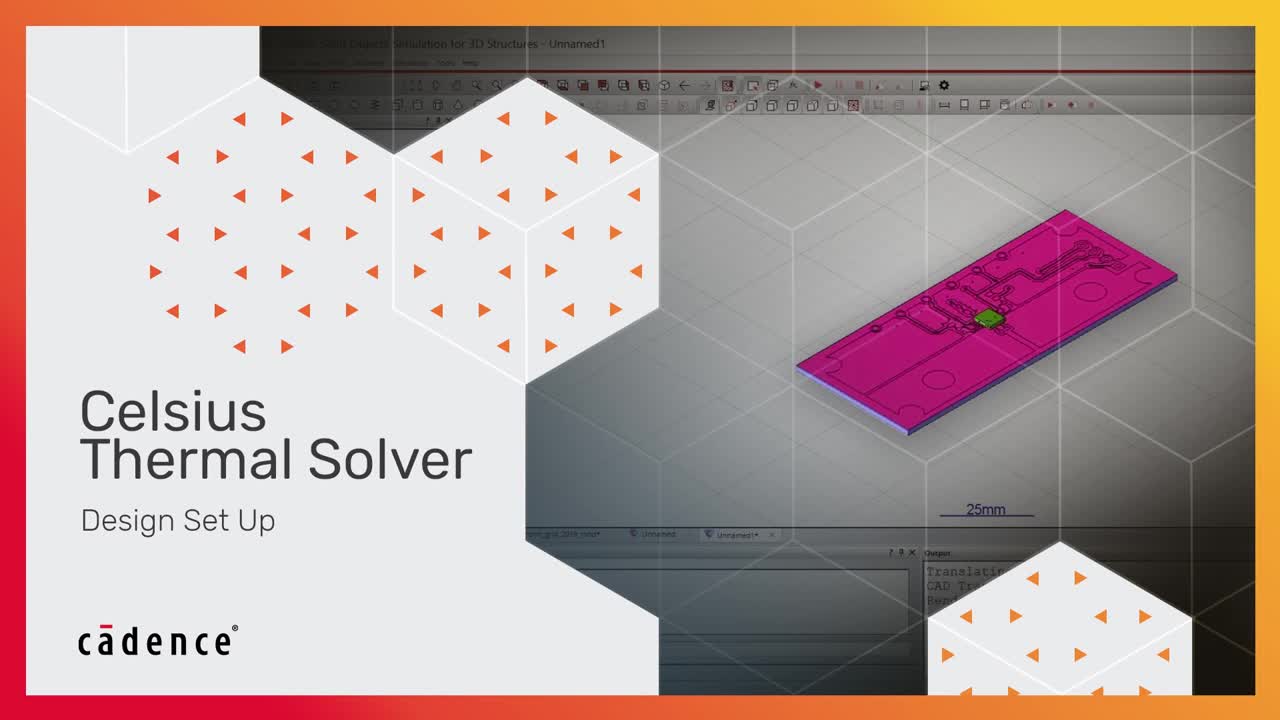Proximity Sensors for Thermal Analysis
Key Takeaways
-
Thermal sensors send an alert when there are abnormal thermal conditions inside critical engineering systems so that protective circuits can be activated to prevent thermal damages.
-
Proximity sensors provide non-contact temperature measurements for thermal analysis.
-
Proximity sensors can be used to measure a wide temperature range compared to conventional contact sensors.
Electrical and electronic systems are vulnerable to thermal failures, which is why thermal analysis techniques are used to increase the reliability and performance of these systems. To monitor, protect, and compensate for temperature effects, a wide range of auxiliary circuits are introduced in critical electronic circuits. Most of these auxiliary circuits employ proximity sensors for thermal analysis. In this article, we will explore what proximity sensors are and what they do.
Proximity Sensors for Thermal Analysis
Temperature sensors are a significant part of any auxiliary thermal analysis circuit. They are used for tracking the temperature of critical primary circuits and feeding the information to control systems. Thermal sensors send an alert when there are abnormal thermal conditions inside critical engineering systems so protective circuits can be activated to prevent thermal damages.
Temperature sensors play an important role in optimizing the performance of a system, especially when the system parameters are temperature dependent. Temperature sensors help engineers tune system components with temperature variations to compensate for thermal changes.
Using proximity sensors for thermal analysis provides non-contact temperature measurements. Proximity sensors can detect the presence of nearby objects and measure other physical parameters such as length, force, pressure, etc. There are a wide variety of available proximity sensors for thermal analysis.
Types of Proximity Sensors
Proximity sensors consist of an in-build temperature sensing system. In proximity sensors, the radiated energy from the hot body is interpreted to sense its temperature. Corresponding to temperature measurements, proximity sensors provide stable outputs to signal processors in thermal analysis circuits.
The types of proximity sensors include:
- Inductive proximity sensors - Inductive proximity sensors are environment adaptive, with temperature measurements ranging from -25 degrees Celsius to +250 degrees Celsius. They can withstand dust and dirt conditions in the industrial environment.
- Capacitive proximity sensors - These sensors are suitable for extreme temperatures, especially when the sensors need to be in contact with the hot body.
- Magnetic proximity sensors - High-temperature measurement applications are fulfilled by installing a permanent magnet in a magnetic proximity sensor in a high-temperature area and a sensor behind an insulated area.
- Ultrasonic proximity sensors - These sensors use the fundamentals of sound waves and are employed in systems where photoelectric sensor applications are difficult.
- Photoelectric proximity sensors - Photoelectric proximity sensors consist of a fiber optic cable and a photoelectric sensor. They are suitable for temperature measurements in extreme and harsh environments.
- IR proximity sensors - IR proximity sensors are best suited for reading the temperature of moving objects.
- LiDAR proximity sensor - LiDAR is a high-end sensing technology in proximity sensors that offers the maximum temperature detection range with fast update rates.
The Advantages of Using Proximity Sensors for Thermal Analysis
In harsh environments, proximity sensors are useful for thermal analysis. Their advantages include:
- Contactless temperature sensing - With proximity sensors, the detection and measurement of temperatures is possible without touching the object or circuit.
- Wide temperature ranges - Proximity sensors can measure a wide temperature range compared to conventional contact sensors.
- Extended service life - Proximity sensors require no mechanical movement for measuring physical quantities. The absence of moving parts extends the service life of proximity sensors.
- Short response time - The response time of proximity sensors is less than conventional contact sensors. The high-speed response of proximity sensors is useful for protecting circuits from thermally induced problems.
- Unaffected by surface conditions - Proximity sensors accurately measure the temperature, irrespective of surface conditions. They can be used in damp or harsh environments.
In industrial, automotive, and aerospace applications, it is necessary to measure the temperature of critical parts or circuits without touching the circuit. The accuracy of the temperature measurement is also critical to increasing the reliability and performance of the system. For these circuits, using proximity sensors for thermal analysis is an ideal solution.
Cadence software offers tools, like the Celsius Thermal Solver featured in the video below, that help in the design of thermal analysis circuits.

Subscribe to our newsletter for the latest updates. If you’re looking to learn more about how Cadence has the solution for you, talk to our team of experts.